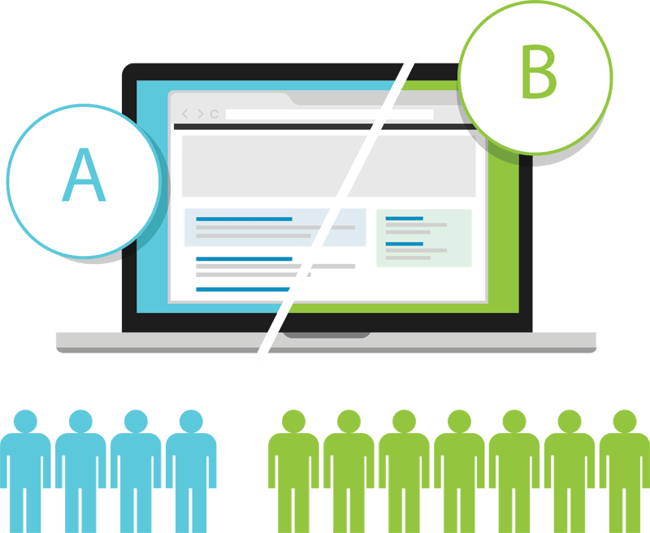 When you create a workflow through HubSpot or any other marketing automation software, you are trying to move potential customers closer to a purchasing decision with each email. In an ideal world, the potential customer will open each email and respond to the call-to-action. It would be nice if getting customers to respond with a purchasing decision was as easy as sending an email. However, the reality is that most people receive a large volume of emails on a daily basis. If you want to increase the likelihood that customers will open, read, and respond to the emails you send, you need to pay close attention to the elements of the emails such as subject line, content, and calls-to-action.
When you create a workflow through HubSpot or any other marketing automation software, you are trying to move potential customers closer to a purchasing decision with each email. In an ideal world, the potential customer will open each email and respond to the call-to-action. It would be nice if getting customers to respond with a purchasing decision was as easy as sending an email. However, the reality is that most people receive a large volume of emails on a daily basis. If you want to increase the likelihood that customers will open, read, and respond to the emails you send, you need to pay close attention to the elements of the emails such as subject line, content, and calls-to-action.
Test the subject line.
Getting customers to open the emails you send is the first and most important part of successful workflows. Customers will never read your excellent content or respond to your call-to-action unless they actually open the email. There are multiple factors that impact a person’s decision to open an email including the volume of emails they receive, their workload at the time they see the email, and their general interest in the subject addressed in the email. You cannot control all those factors, but you can test the subject lines of your emails and send out the ones that have the highest likelihood of being opened.
The subject line of the email is what customers will read and use to make a decision about opening or simply deleting the email. Using effective subject lines is a simple way to increase the open rate of your workflows. If you want to A/B test different subject lines, prepare an email to send out to two separate groups, group A and group B. Everything about the email should be identical except for the subject line. Then, you can determine which subject line is more likely to cause an email to be opened. Once you have the data, you can include the more successful subject line as a part of a workflow you send out to a larger audience.
Test the content of the email.
There are several factors to consider when composing the emails for a workflow. Who is the target audience? What stage of the buyer’s journey are they in? What is the next step they need to take toward becoming a customer? Answering these questions will help you organize and compose workflows that have successful conversion rates. The answers to these questions will also help you determine the goal for the content of the email. For example, you may have the goal of getting the potential customer to follow a link from your content to your website. Do you imbed the link in the content or specifically tell the client to visit your website for more information on the topic? You can A/B test the format of the content to determine which option creates more visits to your website.
Test the call-to-action of the email.
The call-to-action in your email helps the reader understand what step they need to take next. This is an important part of creating successful workflows because you are trying to guide potential customers down the path toward becoming actual customers. A call-to-action is a great way to nudge prospects in the right direction. For example, you may want to increase your twitter followers as a part of your overall online marketing strategy. What is the best way to ask people to follow you on twitter? Should you simply tell them you are on twitter or specifically ask them to follow you? You can try out both options with A/B testing and use the results in future workflows.
Using workflows as a part of your online marketing efforts can be very effective. A/B testing the different elements of your workflows will require more time up front. But, once you have tested the elements you can send out the workflows knowing that you have increased the likelihood of customers opening, reading, and responding to the emails.


Comments